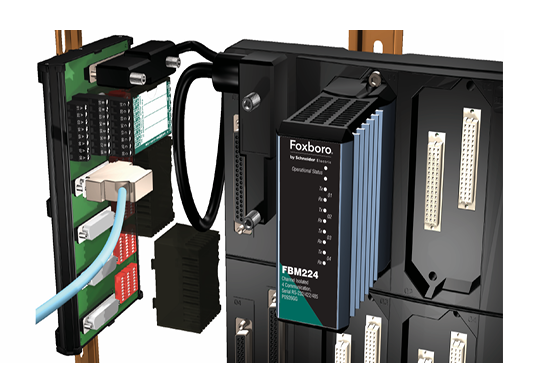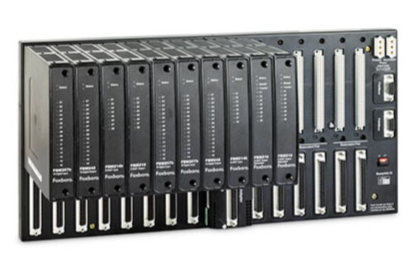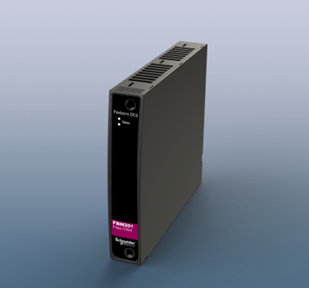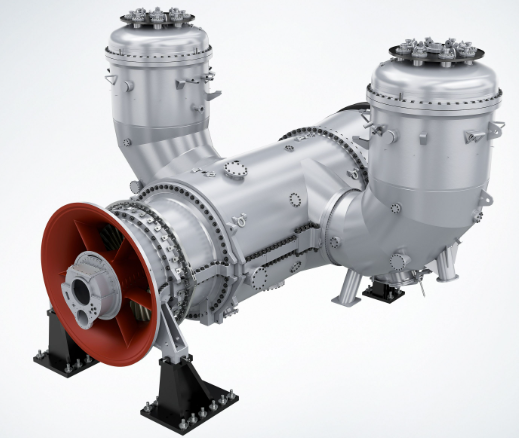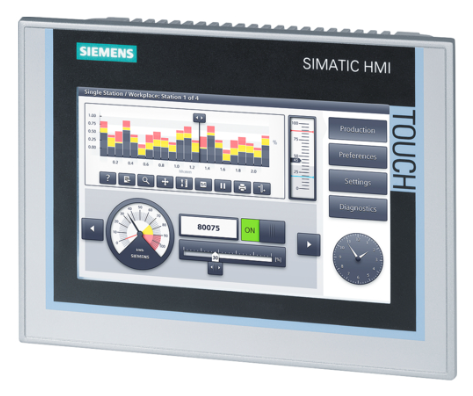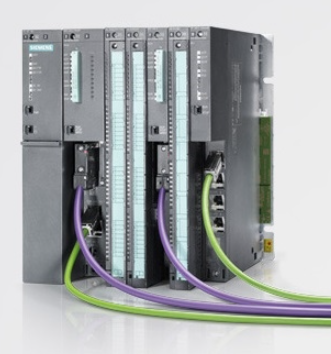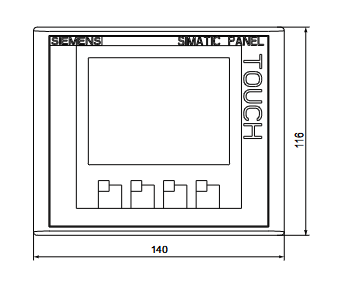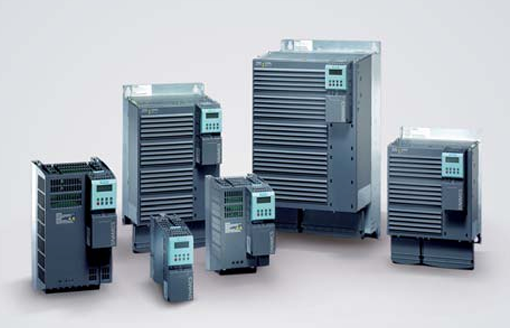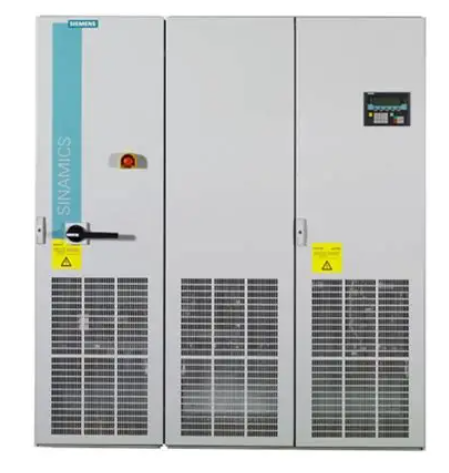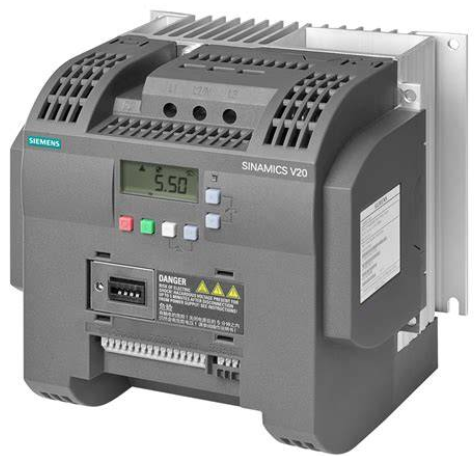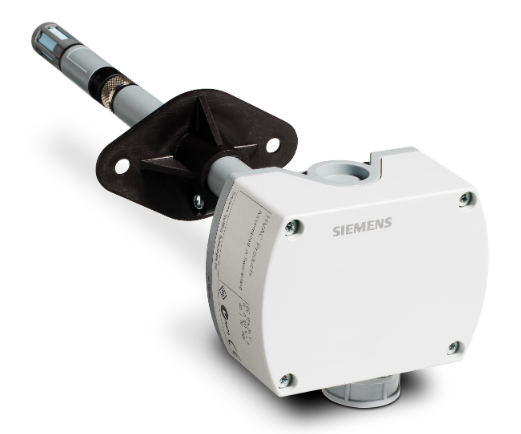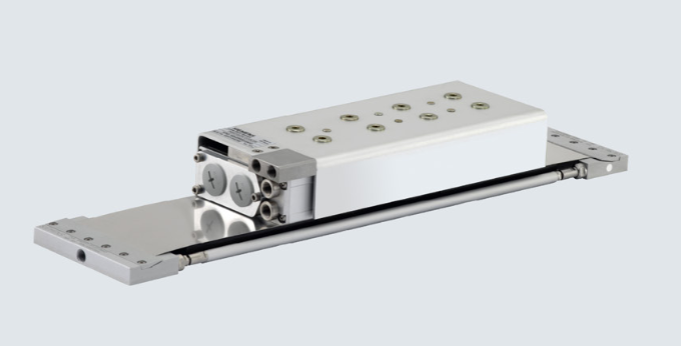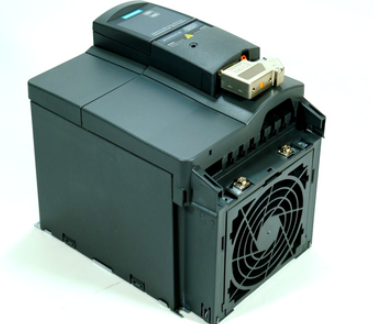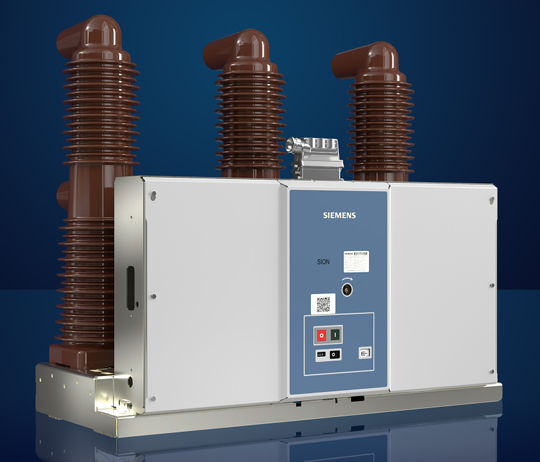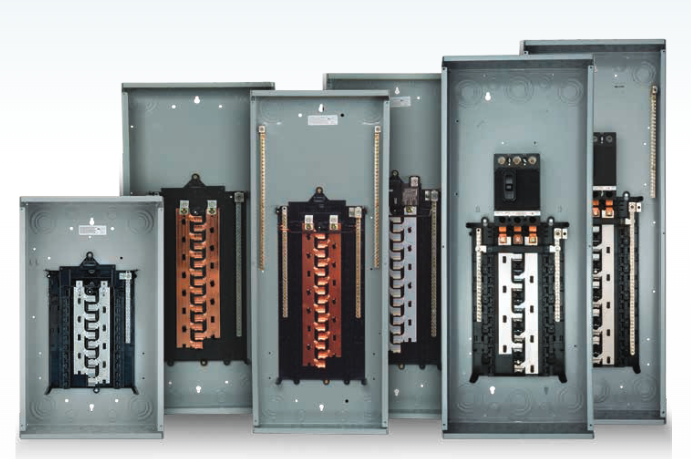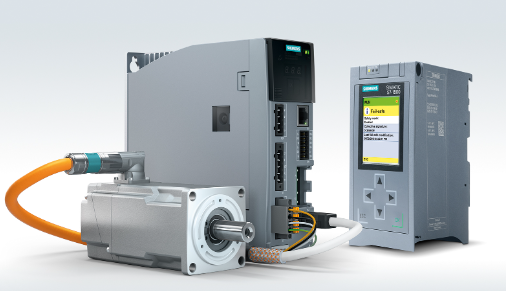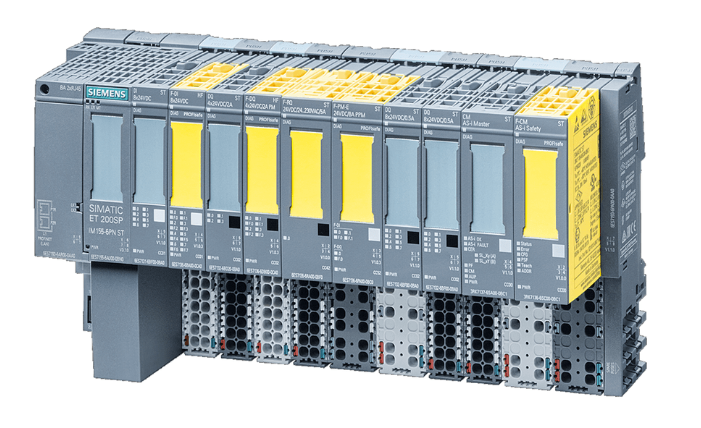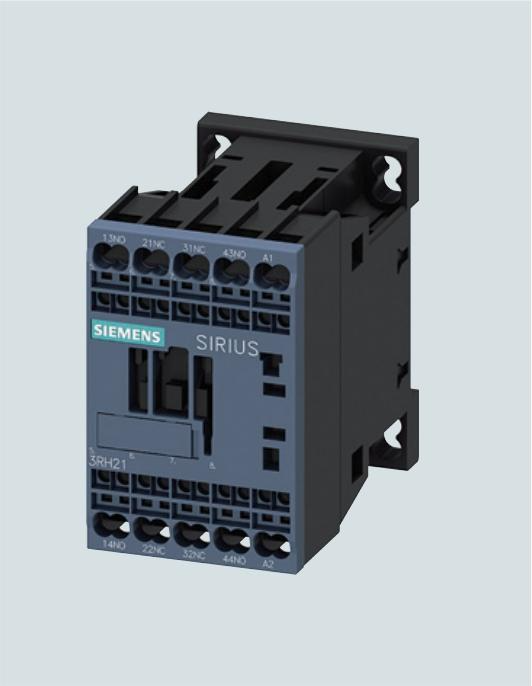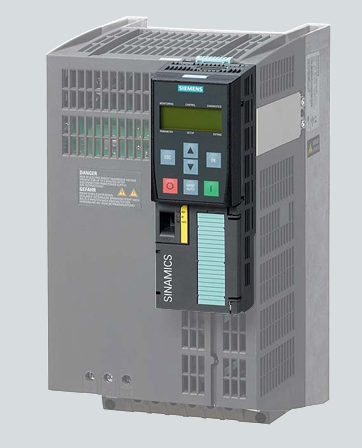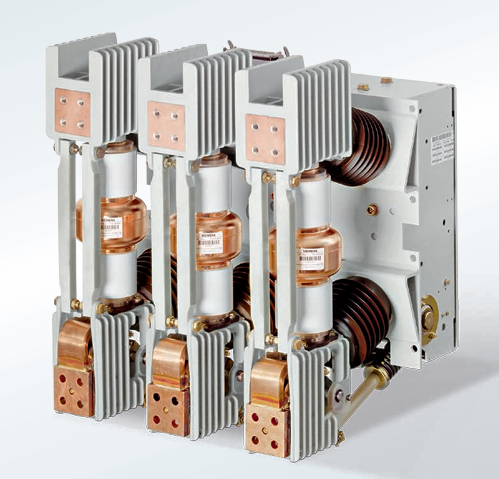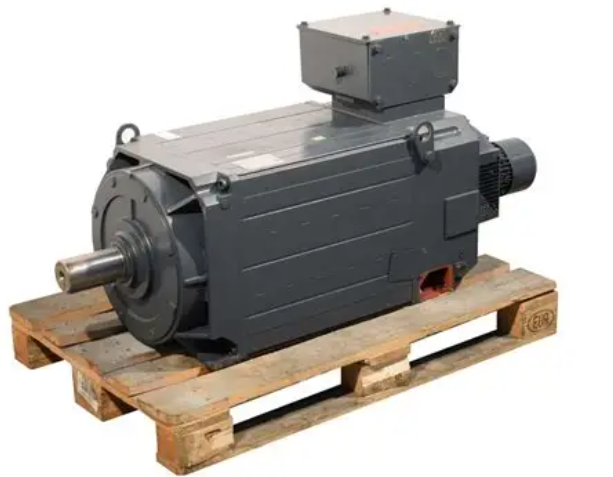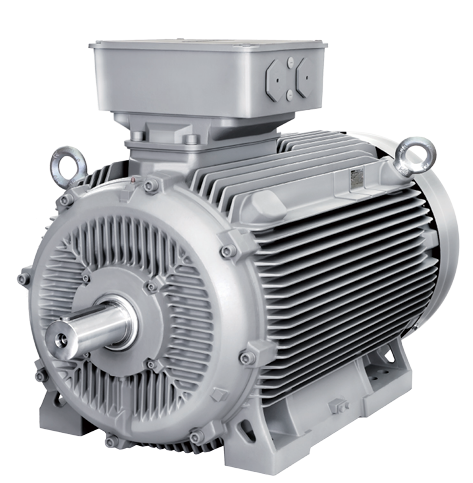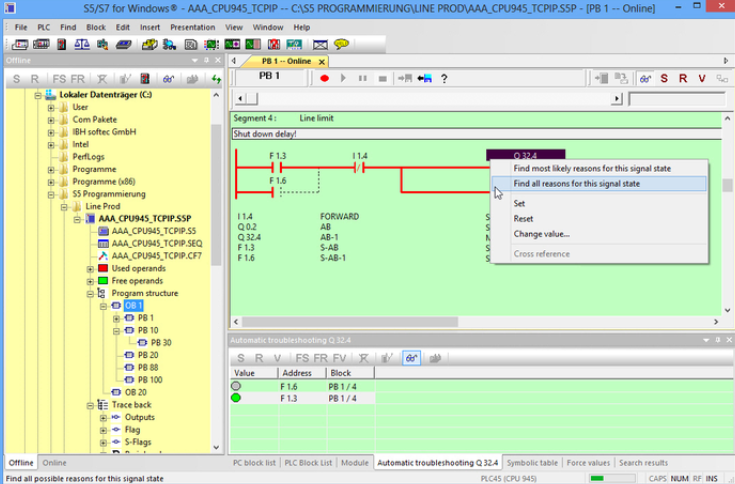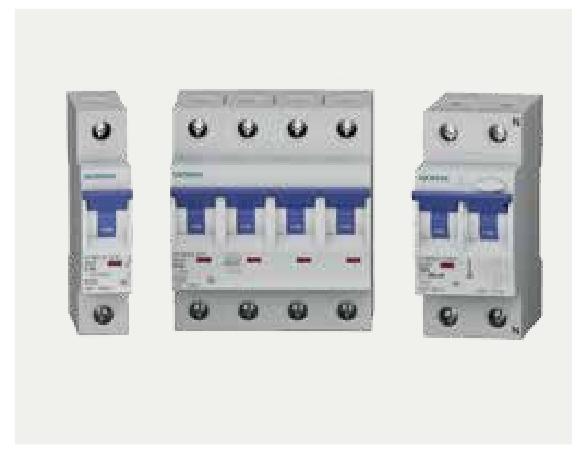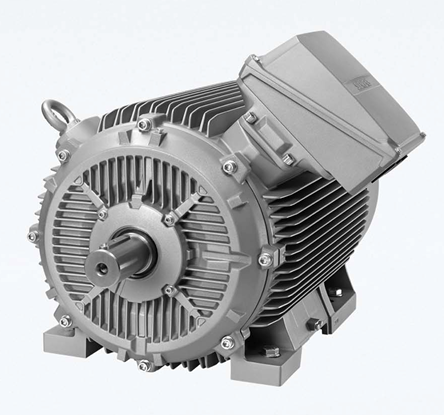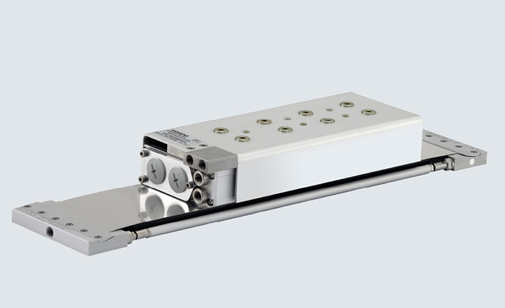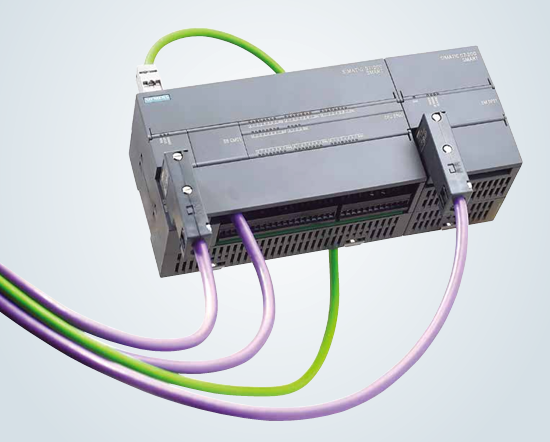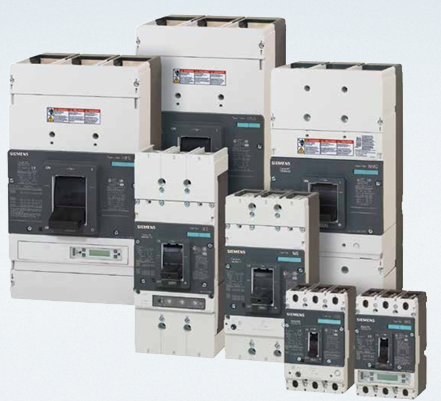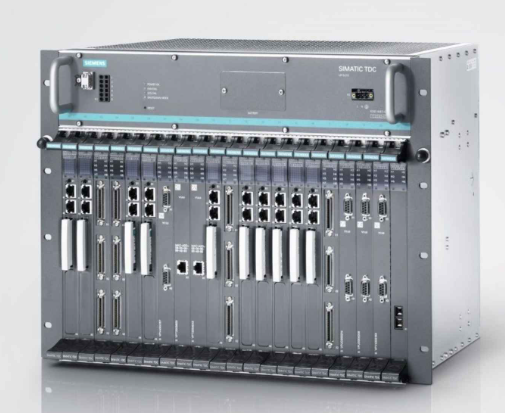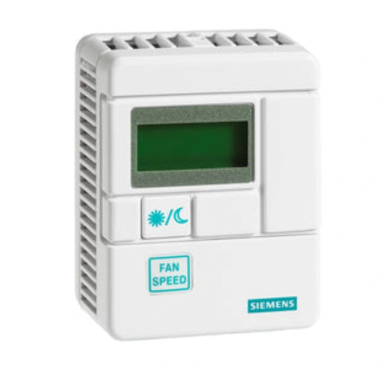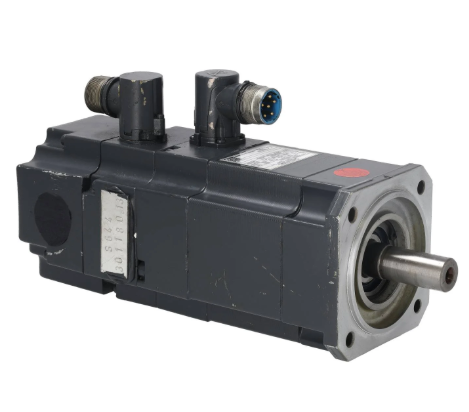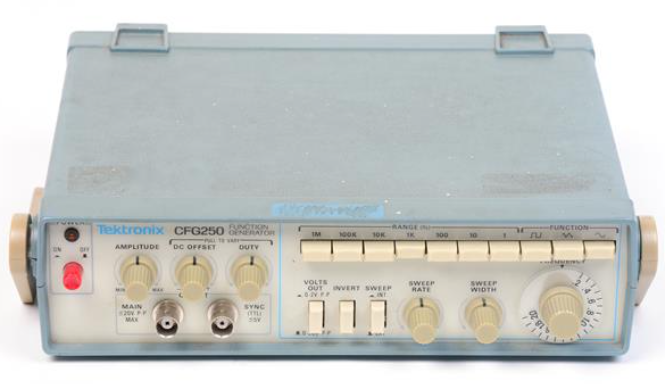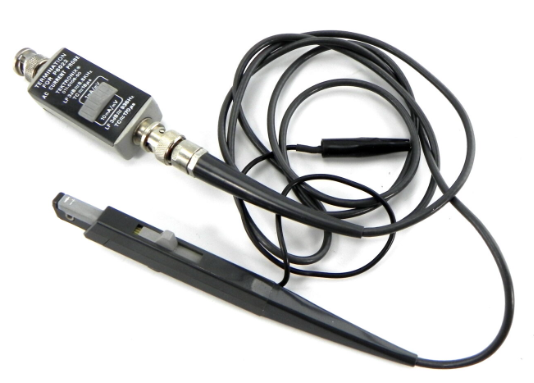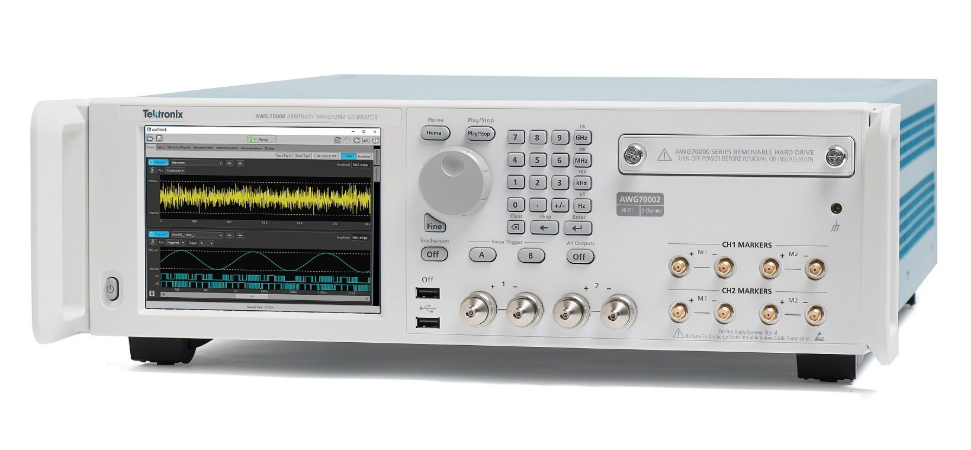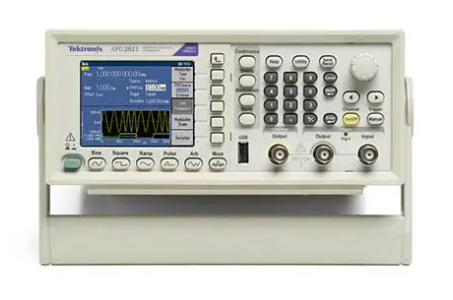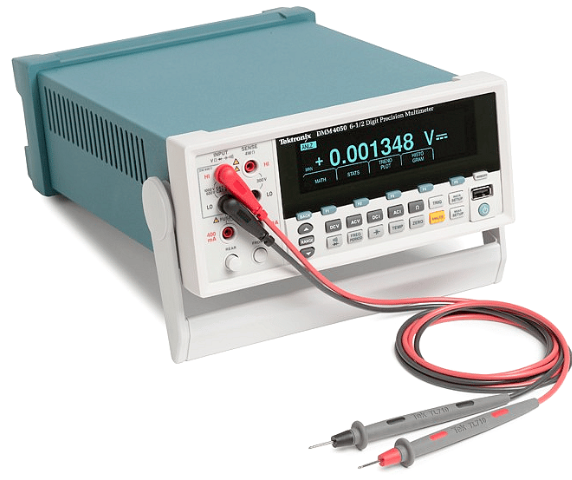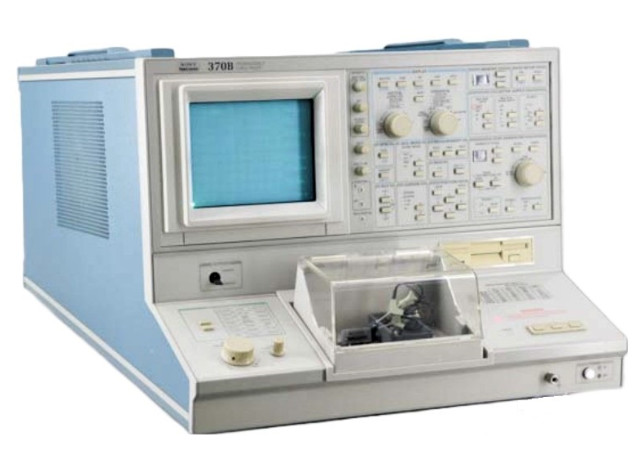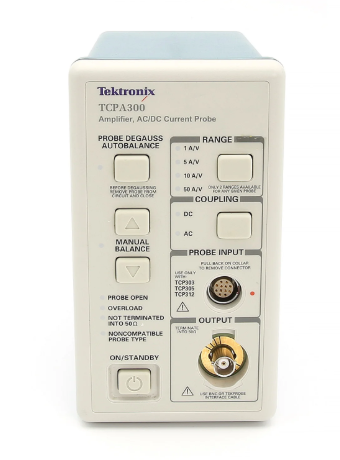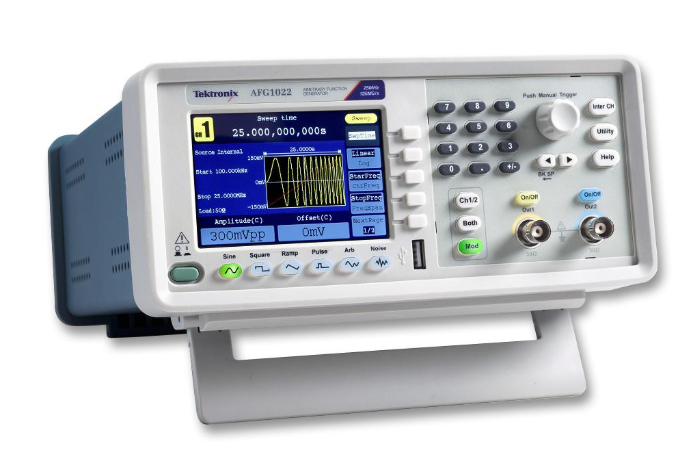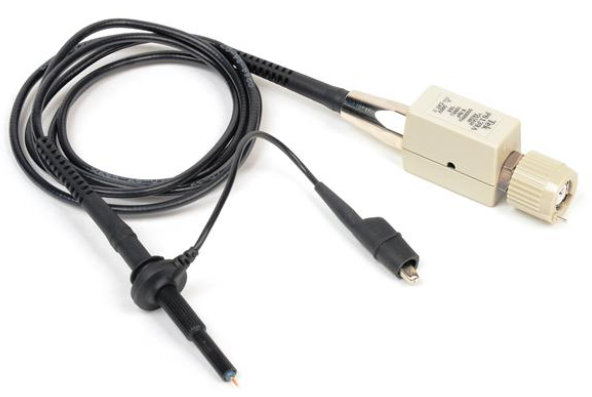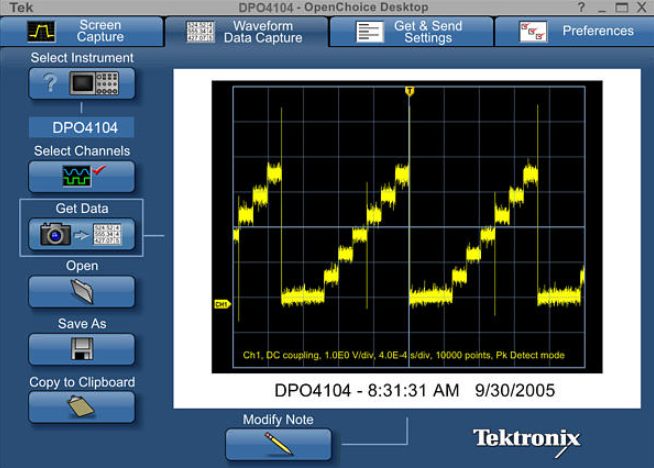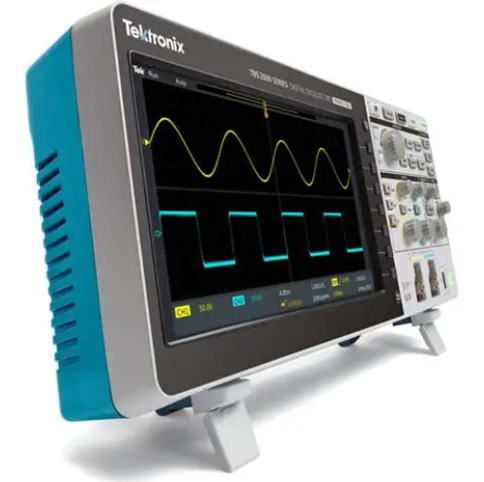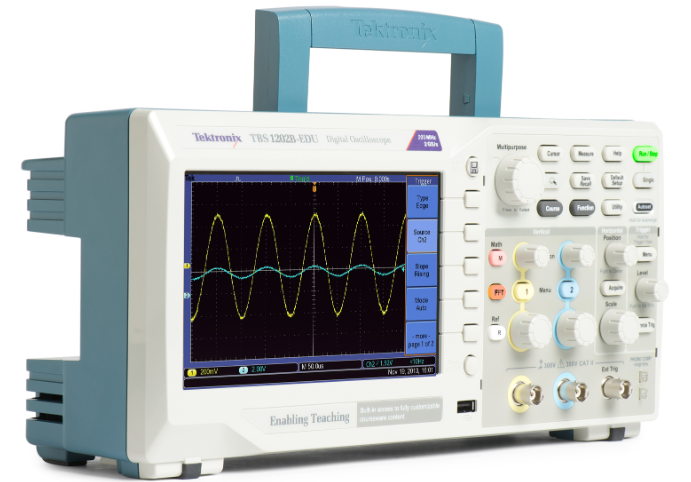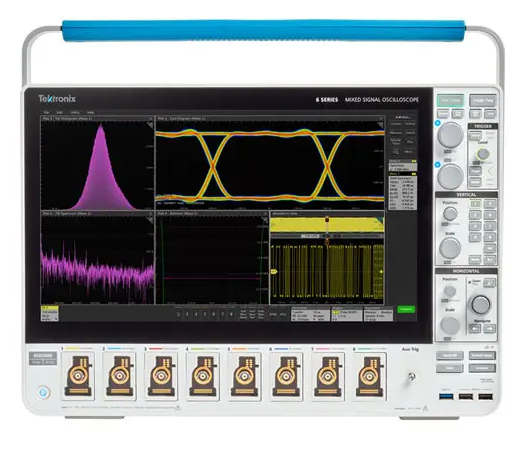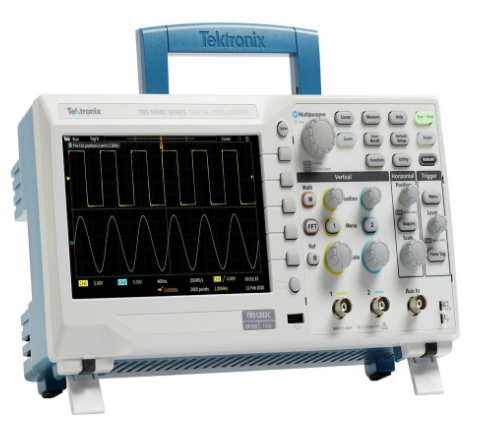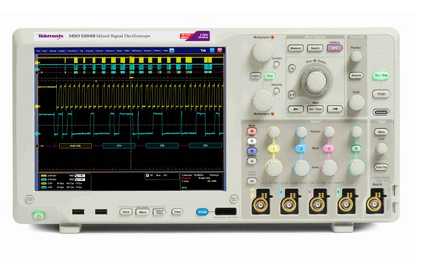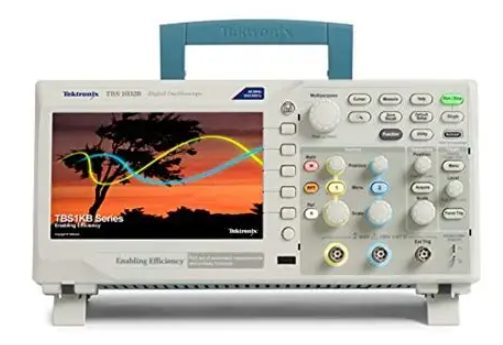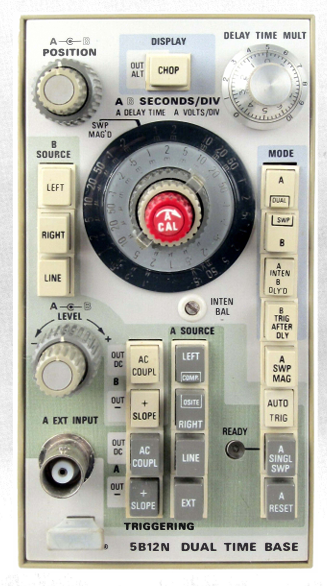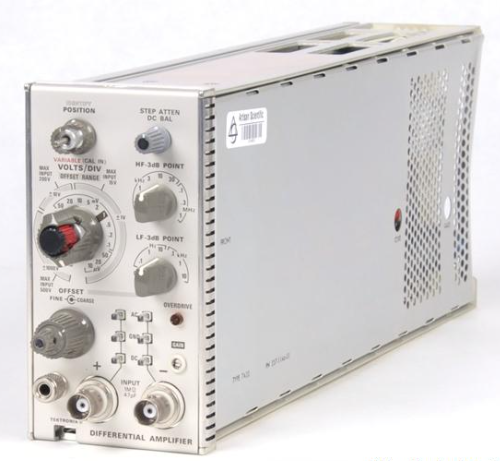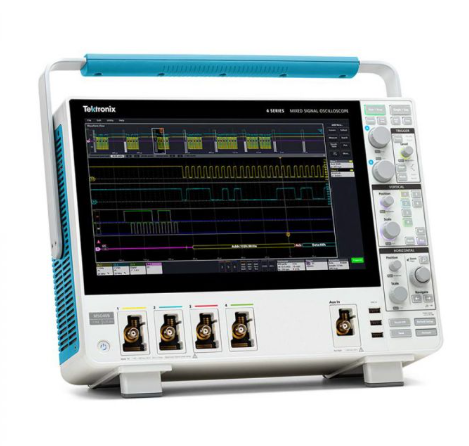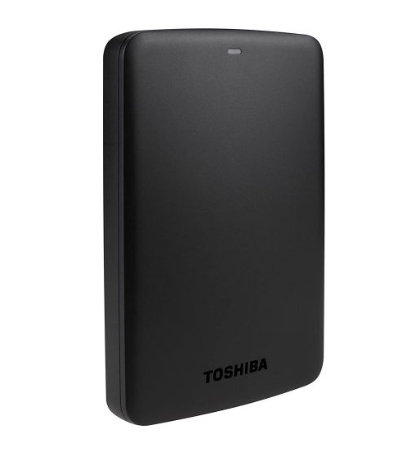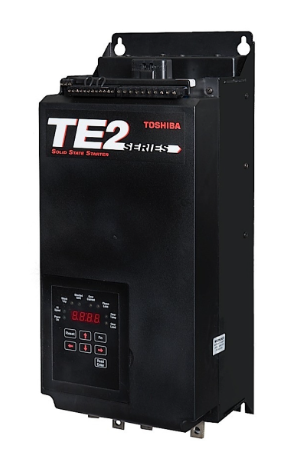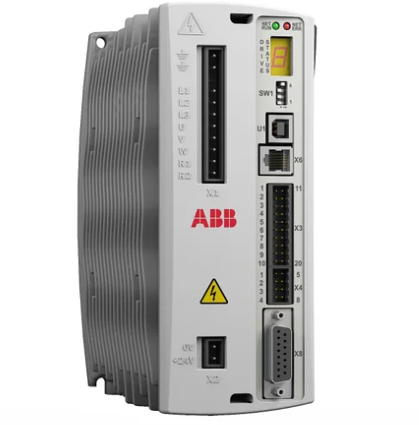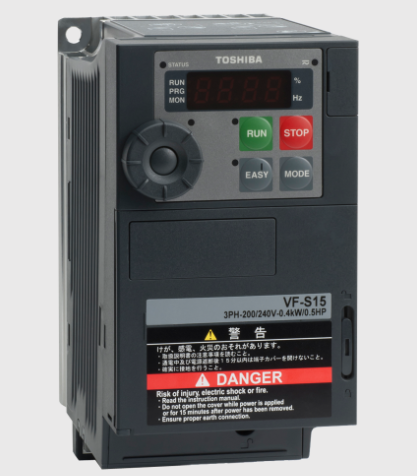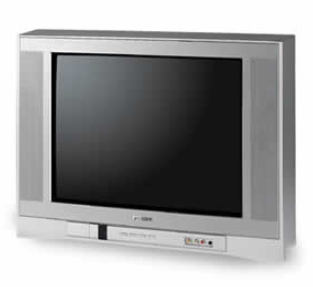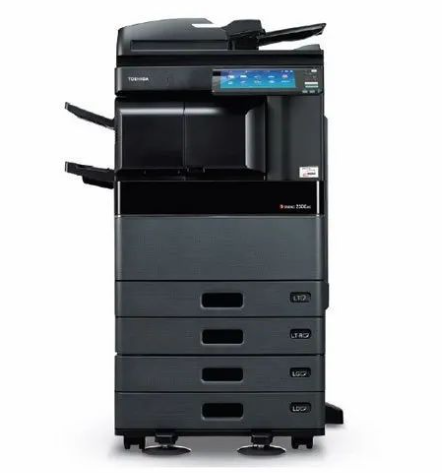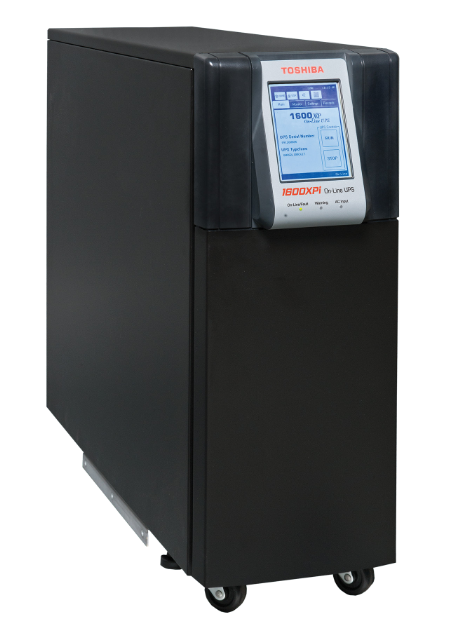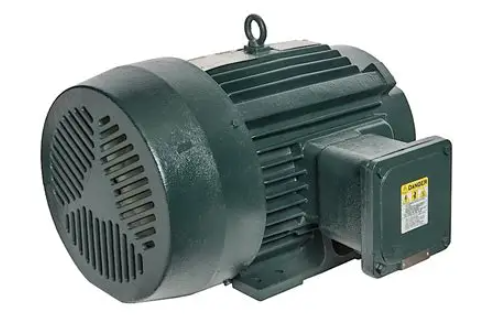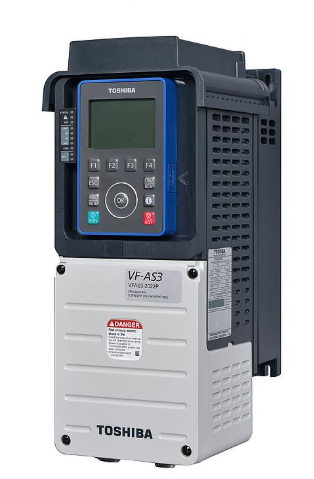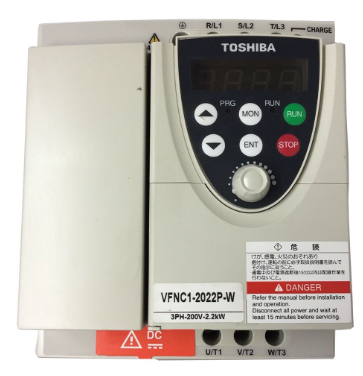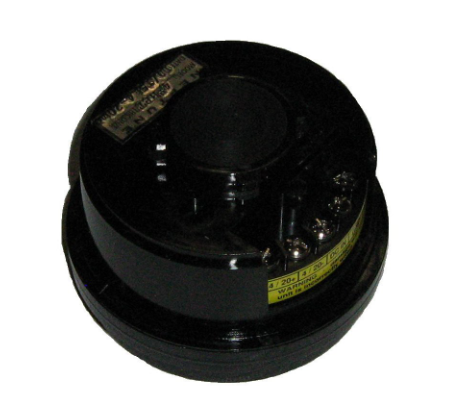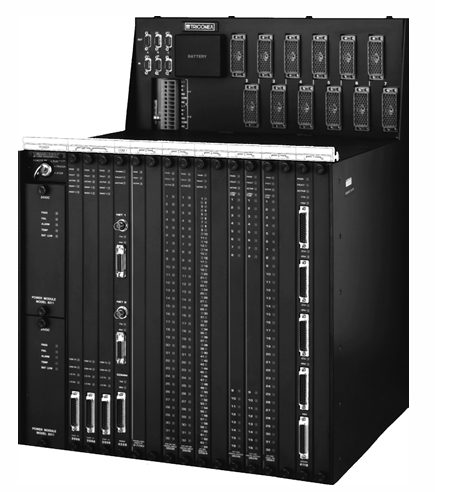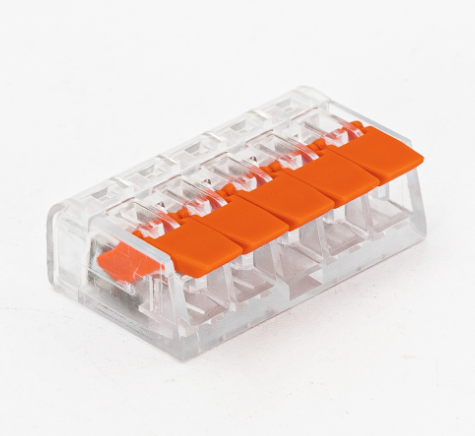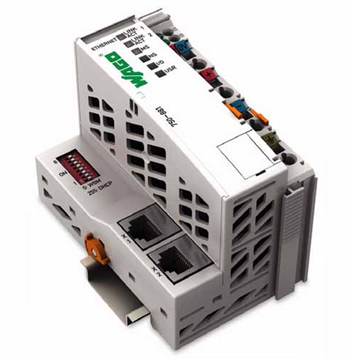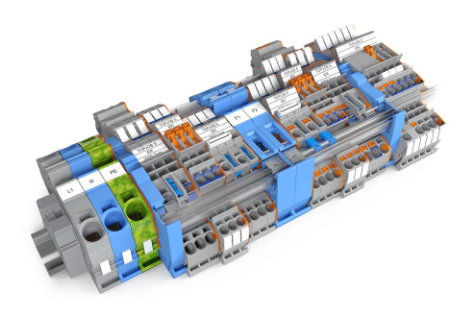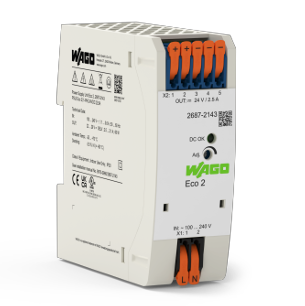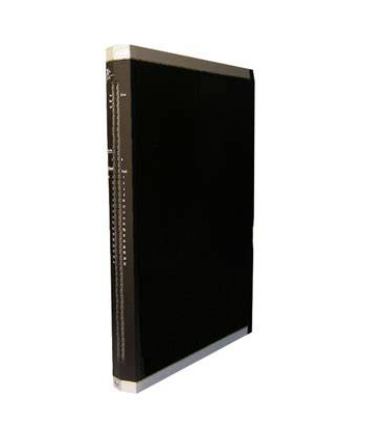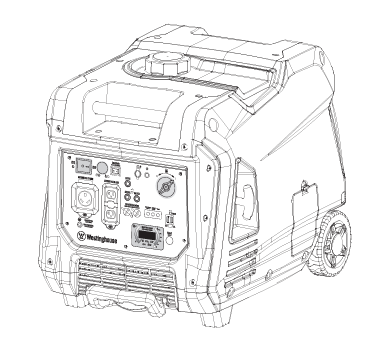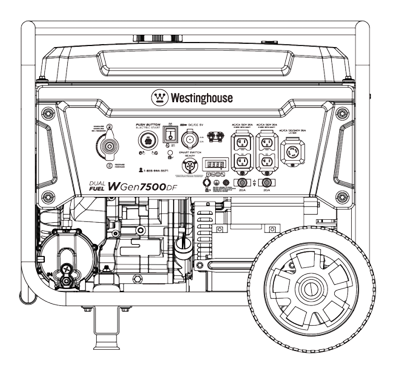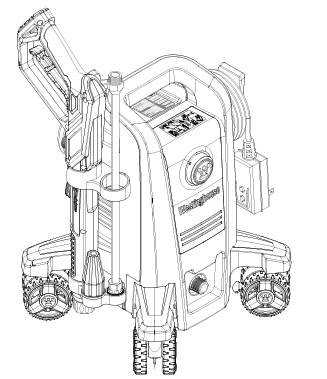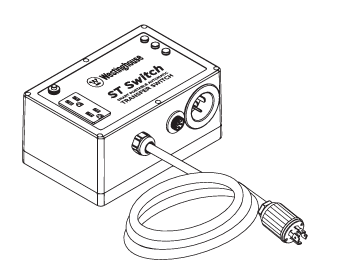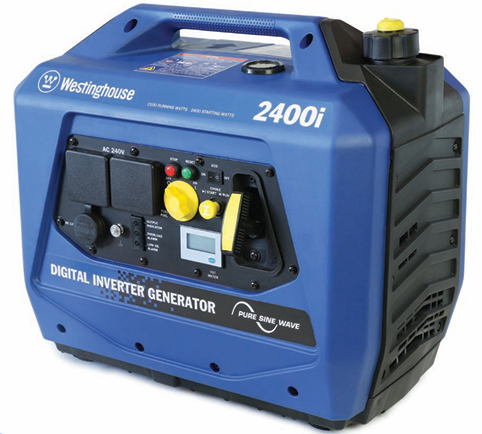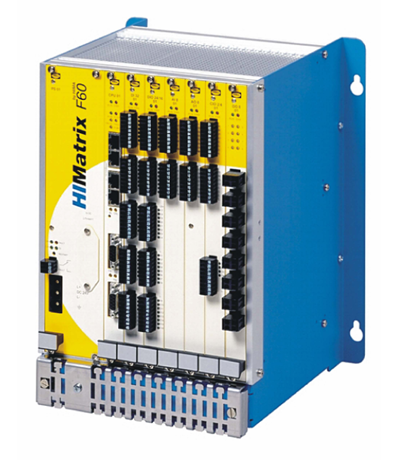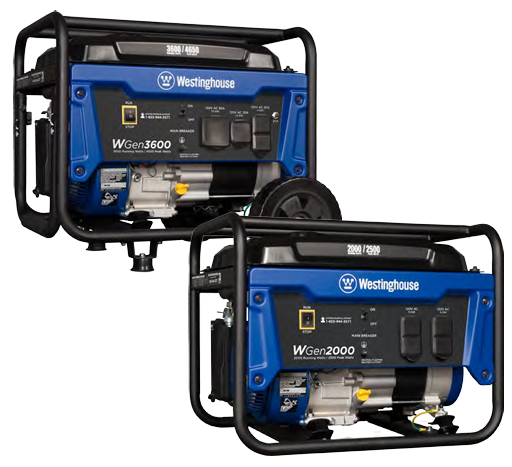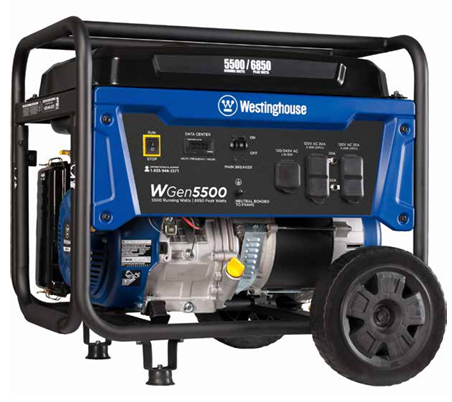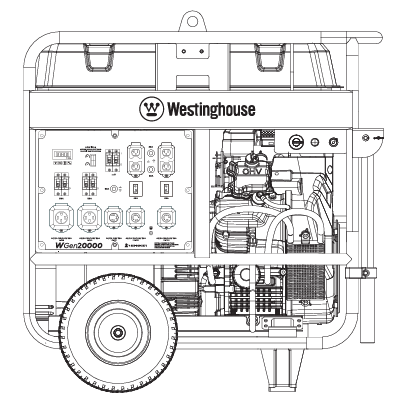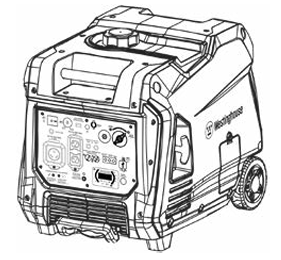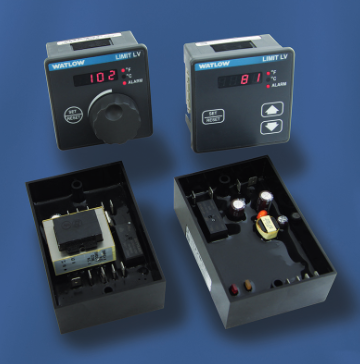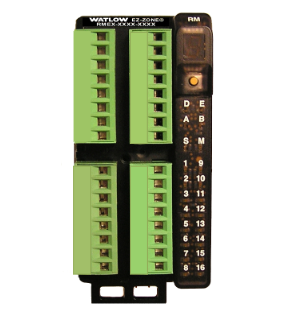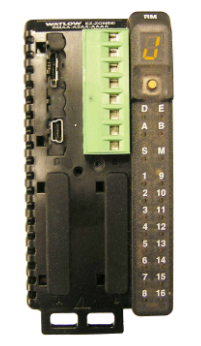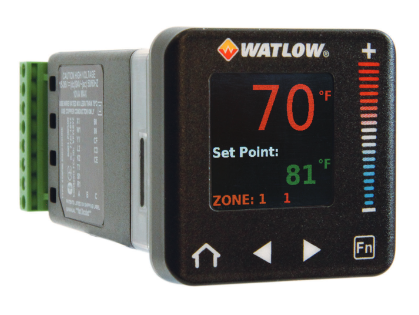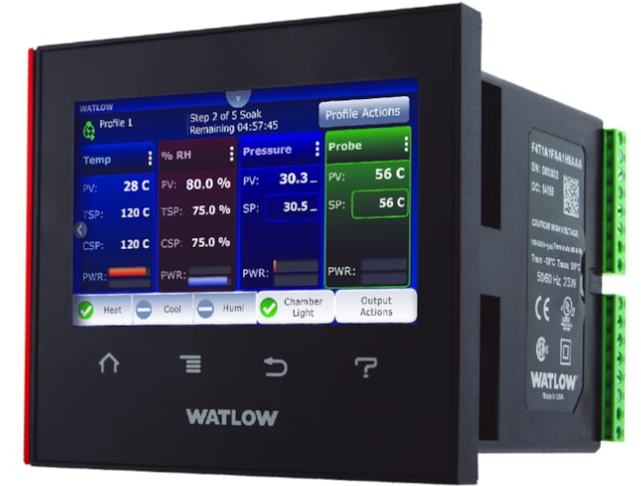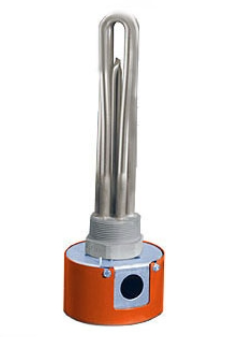

K-WANG


- Telephone:+86-15305925923
- contacts:Mr.Wang
- Email:wang@kongjiangauto.com
Manufacturers
ABB
Model(s)
ABB Advant Controller 31, ABB Advant OCS
Additional Information
Master Field Bus (MFB): communication module for the connection of AC31 to the ABB Master Field Bus (MFB). Communication with MFB over RS485 interface
Estimated Shipping Size
Dimensions: 0.0" x 0.0" x 0.0"
(0.0 cm x 0.0 cm x 0.0 cm)
Weight: 0 lbs 0.0 oz (0.0kg )
ABB GJR5251700R0101 Master Field Bus Communication Module
Basic information
The ABB GJR5251700R0101 is a master fieldbus communication module. It plays a key role in industrial automation fieldbus communication systems and is mainly used to realise data communication and control functions between devices.
Functional features
Communication function:
As a master module, it is able to initiate and manage communication links actively. It can establish communication links with multiple slave devices (e.g. sensors, actuators, remote I/O modules, etc.) and exchange data in accordance with specific fieldbus protocols (e.g. Profibus, CANopen and other common protocols). This enables devices from different manufacturers and with different functions to work together under a unified network architecture.
Supports high-speed, stable data transmission. It can quickly send control commands to slave devices and receive feedback data from slave devices in time, ensuring that the real-time requirements of industrial automation systems are met. For example, in an automated production line, it can quickly send commands to control motor speed to the motor driver (slave device), and at the same time receive feedback information such as the actual speed and temperature of the motor.
Protocol compatibility:
There is good compatibility with a wide range of fieldbus protocols. This means that in the process of system integration, the user can flexibly select devices with different protocols to access the network according to actual needs, without the need to replace all devices in order to adapt to a single protocol. The module can automatically identify and adapt to the communication requirements of different protocols, reducing the complexity of system integration.
Configuration and management functions:
Provides rich configuration options. Users can configure the parameters of the module, such as communication baud rate, device address, data format, etc., through dedicated software tools or hardware interfaces. At the same time, it can also manage the connected slave devices, including device identification, diagnosis and status monitoring. For example, in the event of equipment failure, it can quickly locate the faulty device and provide the corresponding fault information to help maintenance personnel repair in time.
Reliability and Stability:
Adopting high-quality electronic components and advanced communication technology, it has high anti-interference capability. In the complex electromagnetic environment of industrial sites, it can ensure the stability of communication and reduce communication errors and data loss. In addition, the module may also have some fault-tolerant mechanisms, such as the automatic retransmission mechanism, which can automatically re-send the data when there is an error in data transmission to ensure the accurate transmission of data.
Application Areas
Industrial automated production line:
It is widely used in various industrial automation production lines such as automobile manufacturing, machining, electronic assembly and so on. It is used to connect various automation equipment in the production line, such as PLC (programmable logic controller), robots, sensors and actuators, etc., to achieve coordinated control and data sharing among the equipment. For example, in a car body welding production line, the communication module can coordinate the work between welding robots, conveying equipment and quality inspection equipment to ensure welding quality and production efficiency.
Process control system:
In process control industries such as chemical, electric power, pharmaceuticals, etc., it is used to connect various process instruments (e.g. temperature sensors, pressure sensors, flow controllers, etc.) and control equipment (e.g. DCS system - Distributed Control System). Realise real-time monitoring and precise control of production process parameters to ensure safe, stable and efficient operation of the production process. For example, in the chemical production process, it can transmit the temperature, pressure and other parameters in the reactor kettle to the control system in real time, and accurately control the operation of heating, cooling and charging according to the set control strategy.
Intelligent building automation system:
In intelligent buildings, it is used to connect various devices in the building automation system, such as lift control system, HVAC (heating, ventilation and air conditioning) system, lighting control system and so on. It achieves centralised management and intelligent control of the equipment in the building, and improves energy utilisation efficiency and living comfort. For example, the communication module can automatically adjust the operation status of the air-conditioning system and the brightness of the lighting according to the indoor and outdoor temperatures and personnel activities.

| User name | Member Level | Quantity | Specification | Purchase Date |
|---|






